Differential Pressure Transmitter
0bar~0.35bar...35bar
Accuracy: ±0.5%FS
4~20mA DC 0/1~5V DC 0~10/20mA DC
New Product Change Notice (PCN) effective Jan 1, 2025. MICROSENSOR appreciate your understanding.
M20
Used For
General Industry Measurement & Control, Pump & Compressor, Hydraulic Pressure & Pneumatic Device
Leave a MessageMicro Sensor M20 pressure transmitter is designed for general industry use which requires high accuracy, good reliability and stability. It is designed with precision, featuring a highly integrated electrical structure and full digital temperature compensation and calibration. M20 is certificated with international certifications under outstanding reliability like CE, RoHS, UL and REACH, etc. M20 4-20mA pressure sensor can measure mediums of air, water, mixed oil, or other fluid that can be compatible with wetted parts and tailor-made is available.
The pressure transmitter contributes to process optimization, quality control, and safety in manufacturing and automation, petrochemical and chemical processes, power generation, and the oil & gas industry.
Feature
• Small Size
• Measurement in general industrial occasions
• CE, RoHS, UL certifications
• Compatible with various media
• Flexible options meet specific application requirements
Image:
Micro Sensor M20 pressure transmitter is designed for general industry use which requires high accuracy, good reliability and stability. It is designed with precision, featuring a highly integrated electrical structure and full digital temperature compensation and calibration. M20 is certificated with international certifications under outstanding reliability like CE, RoHS, UL and REACH, etc. M20 4-20mA pressure sensor can measure mediums of air, water, mixed oil, or other fluid that can be compatible with wetted parts and tailor-made is available.
The pressure transmitter contributes to process optimization, quality control, and safety in manufacturing and automation, petrochemical and chemical processes, power generation, and the oil & gas industry.
Feature
• Small Size
• Measurement in general industrial occasions
• CE, RoHS, UL certifications
• Compatible with various media
• Flexible options meet specific application requirements
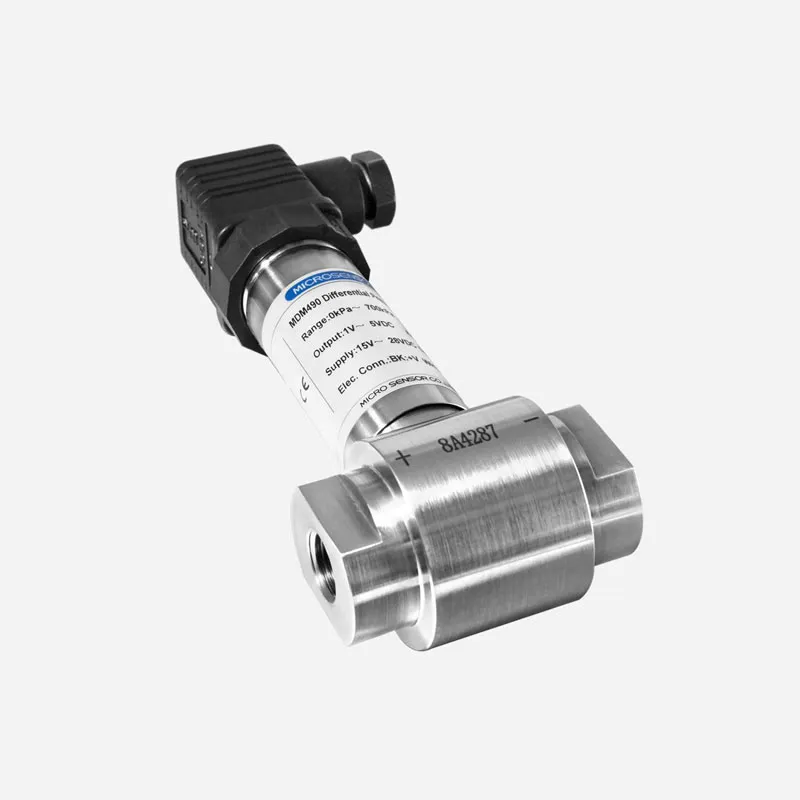
0bar~0.35bar...35bar
Accuracy: ±0.5%FS
4~20mA DC 0/1~5V DC 0~10/20mA DC
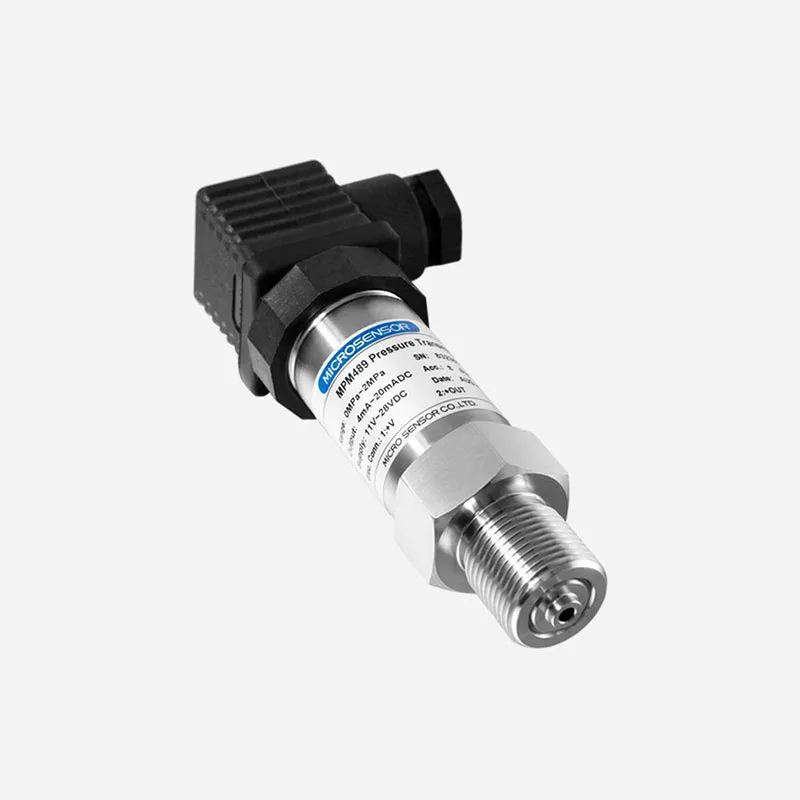
-1bar...0mbar~100mbar…1000bar
General / Flush Diaphragm
CE, RoHS, ATEX approved
DNV and ABS certifications for installation on the ship
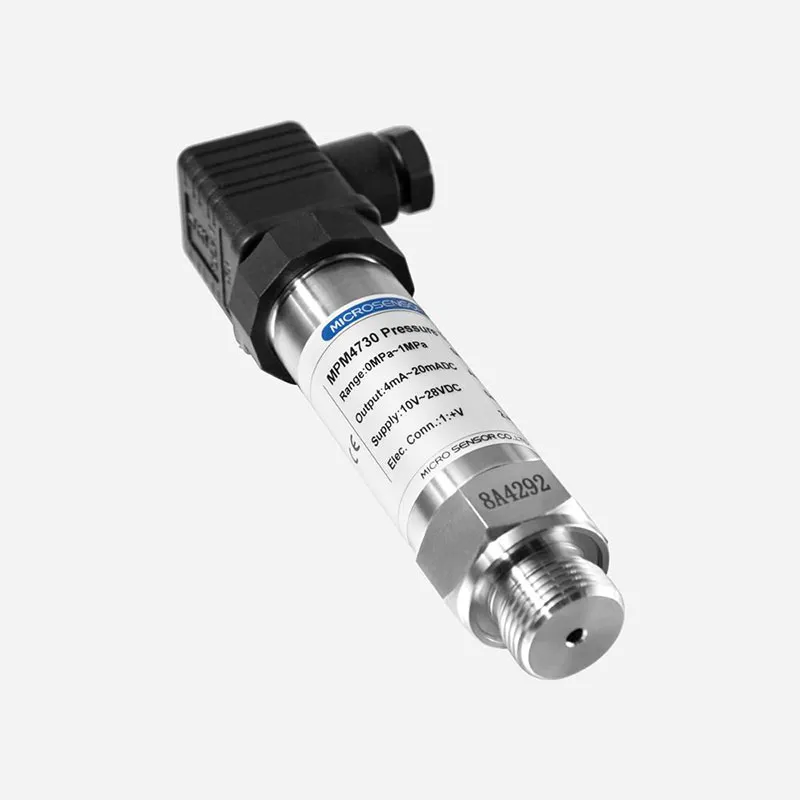
Range:-1bar...0~0.1bar…1000bar
Accuracy: ±0.1%FS
RS485/HART Protocol
DNV approved for ship use
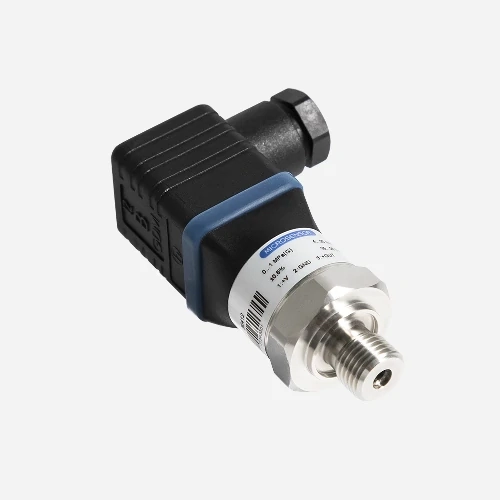
Range: 0~250mbar to 0~250bar
Accuracy:±0.25%FS, ±0.5%FS
Output: 4mA~20mA DC, 0/1V~5/10V DC, 0.5V~4.5V DC
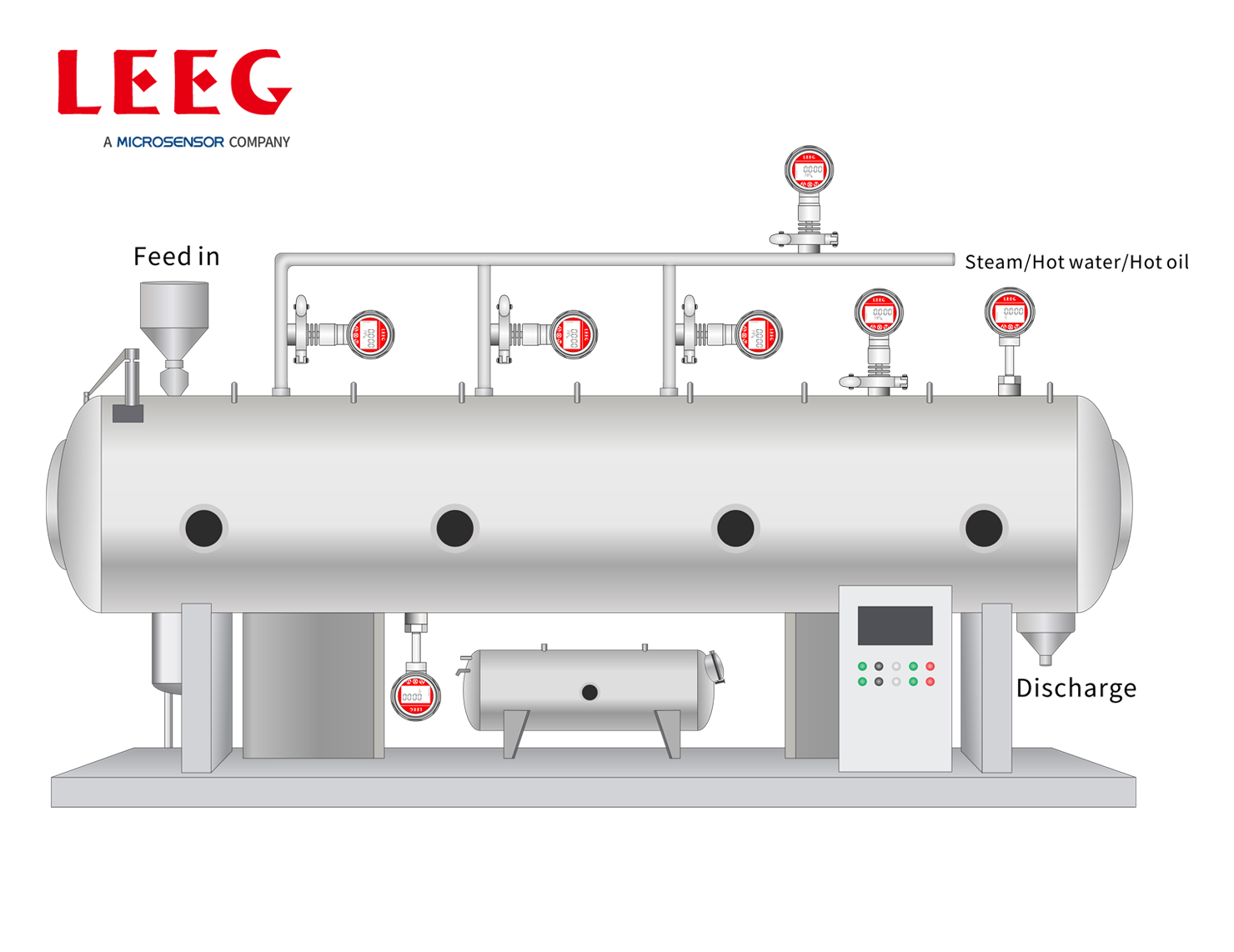
Dryers are often used to dry medicines or extract active ingredients from traditional Chinese medicines, which are easily decomposed in high temperature environments. Temperature measurement is required in the heating area, cooling area and material outlet of the dryer, and pressure transmitters are used to measure the pressure of air or gas to help adjust the air flow speed and fan operation status, or measure the pressure of steam, hot water, and hot oil pipelines.
more info...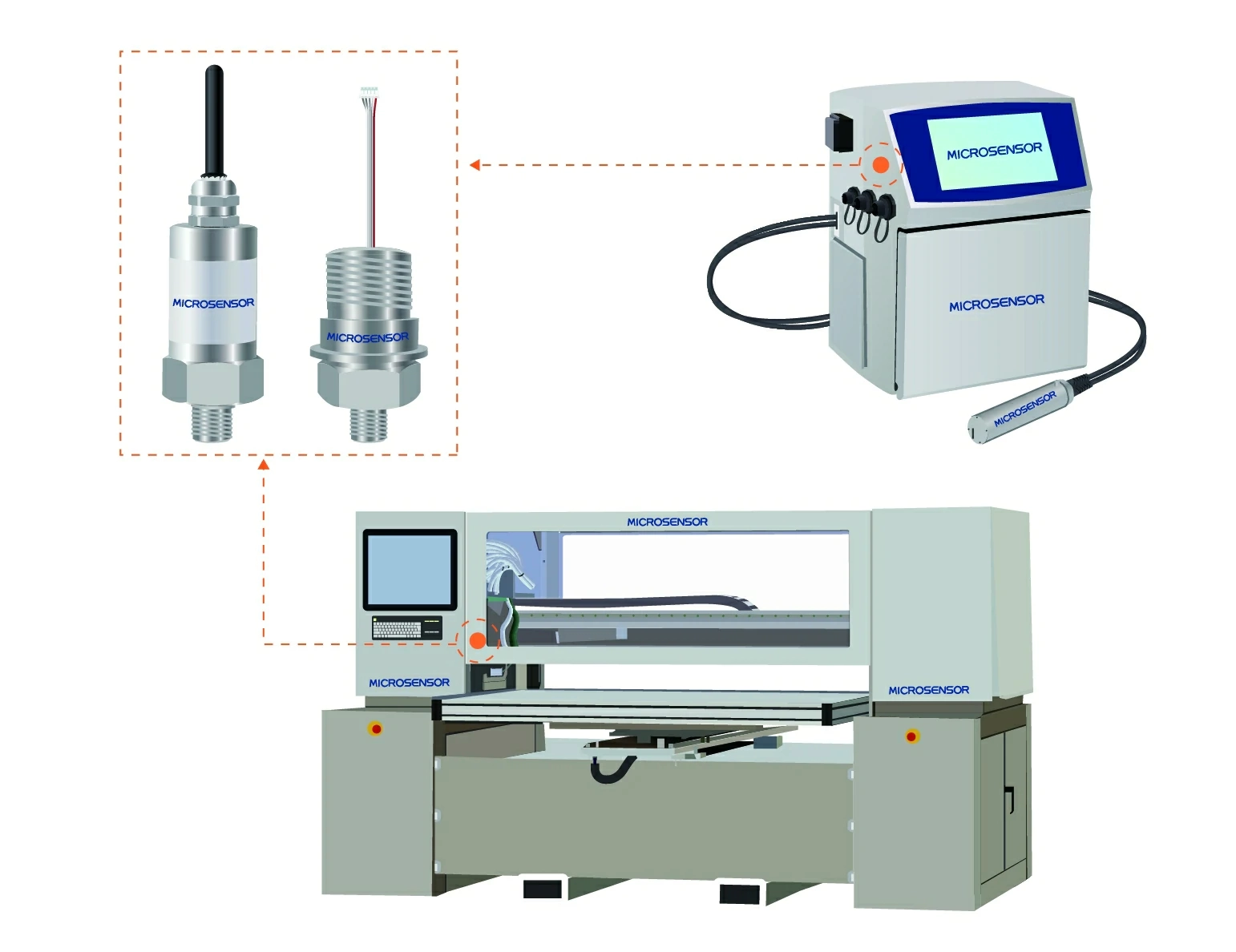
In an inkjet printer, the continuous inkjet state of the ink nozzles ensures print quality. Normal ejection of ink in the nozzle requires continuous application of pressure. The pressure detection component monitors and controls the pressure. High-precision, high-sensitivity pressure sensors control the accurate delivery of ink during printing.
more info...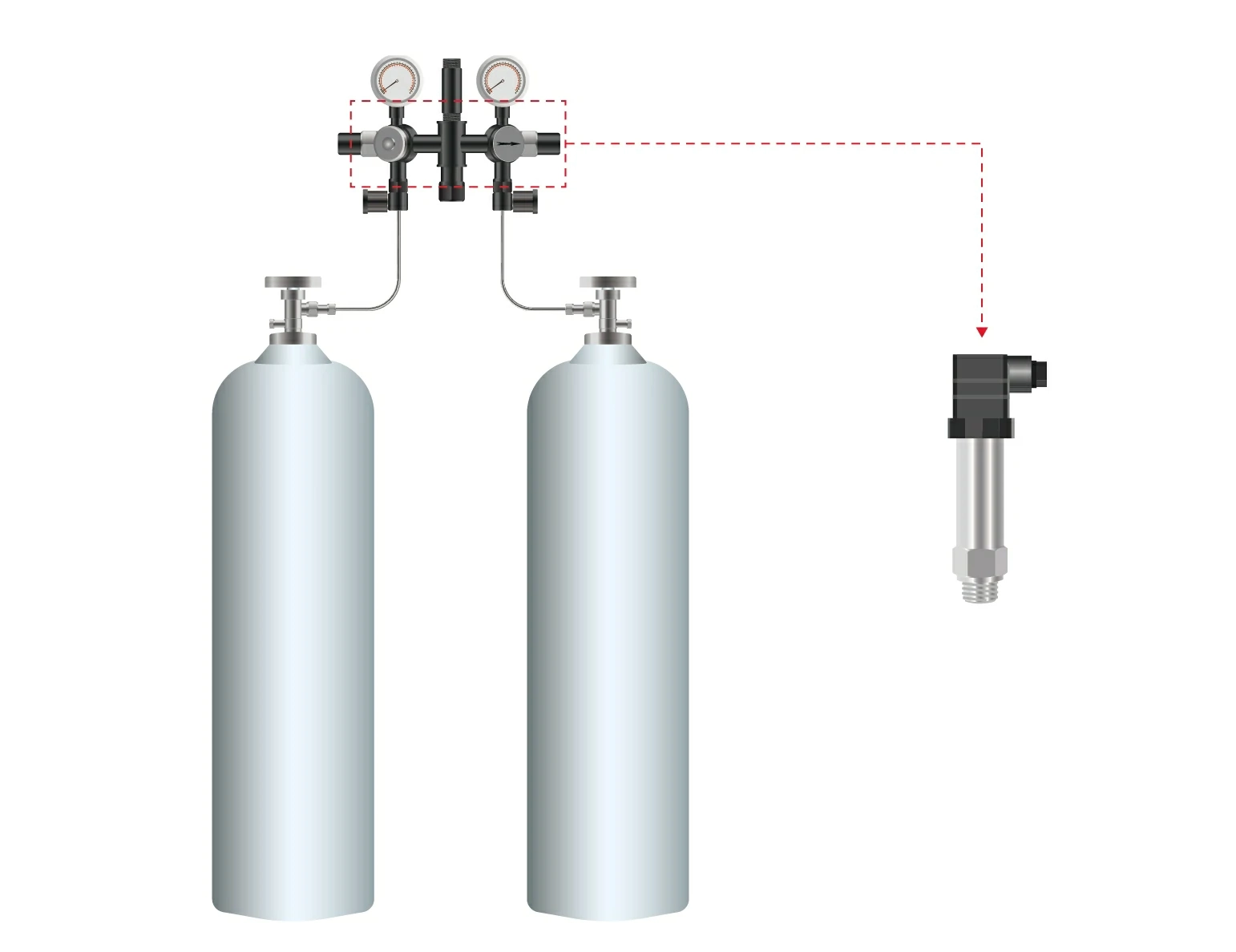
Pressure Transmitters are needed to monitor the pressure in the gas supply pipeline of the compressed gas cylinder to ensure safety.
more info...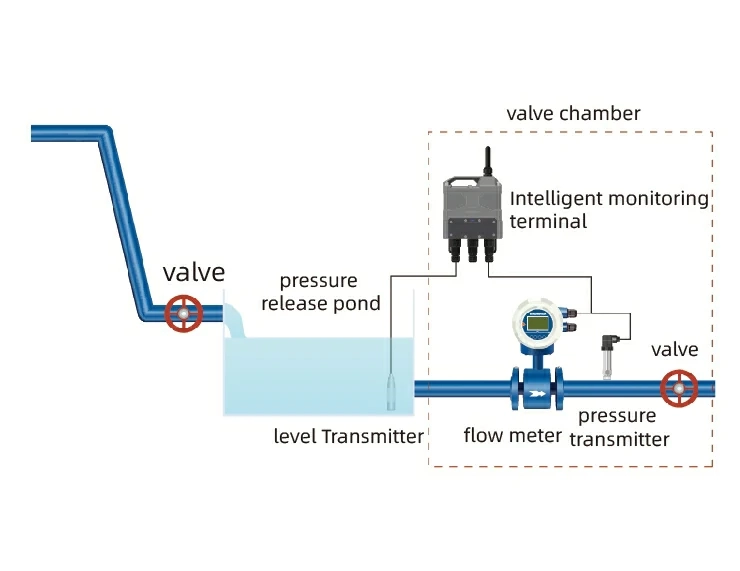
The pressure-release pond can regulate the pressure of the water supply network. It adjusts the pipe network pressure by increasing or decreasing the water volume. The pond maintains the pipelines at a normal level. At various stages of the pressure-release pond, different instruments need to be installed.
more info...